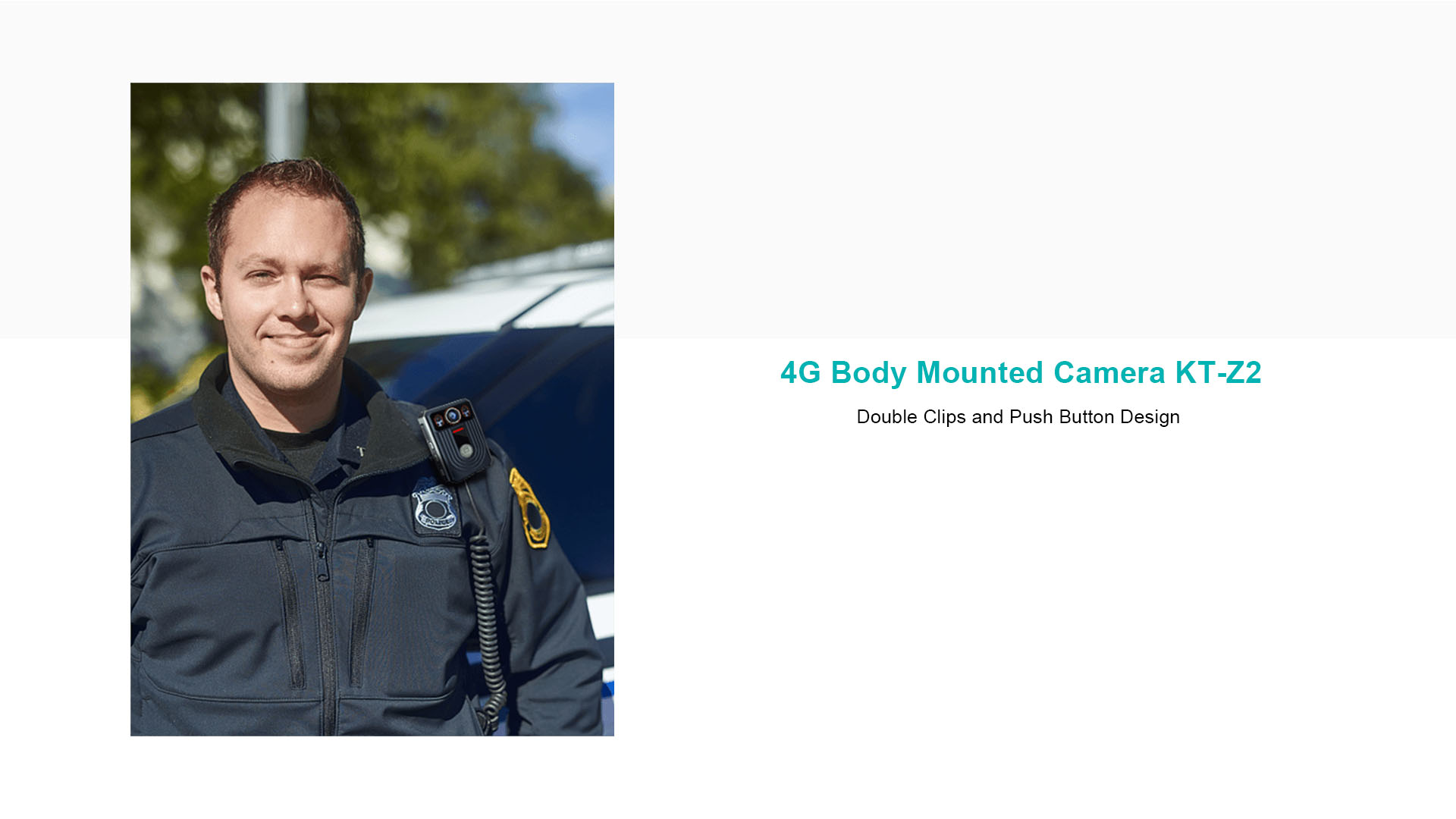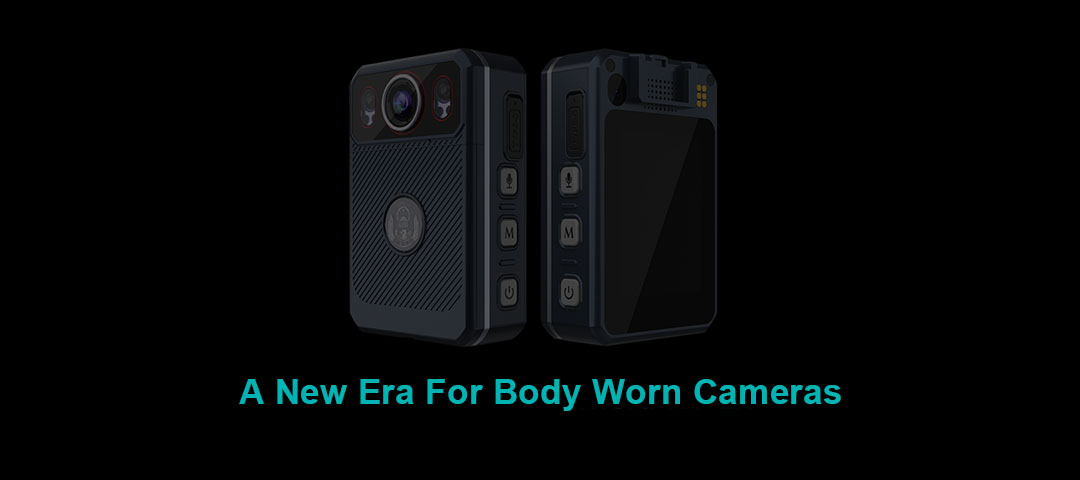For security dealers and integrators, a new era for body worn cameras means an exciting new opportunity. Body worn cameras are a new tool in the law enforcement and private security markets. The idea is simple: a small camera captures images and sound from an officer’s perspective, providing crucial evidence for use in court cases against criminals. Body worn cameras are being used by police departments around the country as well as by private security firms who want to provide their clients with additional protection. The market for body worn cameras is still developing, but it’s showing a lot of promise. Police departments are using body worn cameras to help provide evidence in cases where officers are accused of misconduct, and private security firms are using them to help protect their clients.
Body worn cameras are small devices that can be worn on an officer’s chest or shoulder. The camera records video and audio from the officer’s perspective, providing crucial evidence for use in court cases against criminals. Body worn cameras are being used by police departments around the country as well as by private security firms who want to provide their clients with additional protection.
A report shows that the global market value of body worn cameras was 1.62 billion in 2020, and it may reach 424.63 billion dollars by 2026. Security dealers and integrators who hope to seize opportunities to generate new sources of revenue through body worn cameras should not only understand the technology but also the unique benefits provided by these cameras. Body worn cameras are a great tool for businesses because they provide valuable data that can help reduce costs, increase efficiency and improve customer service. Body worn cameras are used by businesses of all sizes, including police departments, security companies and retail stores.
Market Opportunity
Today's use cases of body worn cameras come from expected industries and new adopters. Corporate security is an area where we see a lot of competition: law enforcement agencies are subject to many regulations and requirements, while private sector requirements are not as strict. This can be a bit of a double-edged sword for private security agencies. On the one hand, it means that there is room for innovation and adaptation to the needs of clients and customers. On the other hand, it means that we have to keep up with new trends and technology in order to stay competitive.
In addition, law enforcement agencies are often not equipped with the right tools to address their security needs. Security is a complex, multi-layered problem that requires expertise in many areas. In most cases, law enforcement agencies are not equipped with the right tools to address their security needs. For example, they may not have the ability to do forensics on seized devices, or they may be limited by what they can do with evidence after it has been collected.
Dean Drako, founder and CEO of Eagle Eye Network in Austin, Texas, said that body worn cameras have a powerful role in promoting trust. All service industries that interact with customers and hope to encourage trust can benefit from body worn cameras. Body worn cameras provide a certain degree of protection for employees, companies, and end customers - anywhere people interact with people.
Fletcher Pinkham, a security integrator and CEO of Focus Tech in Santa Rosa, California, pointed out that highly regulated industries are the main candidates for body worn cameras. For example, in the legal cannabis industry, body worn cameras can be used to record the destruction of products that fail inspection or are contaminated. This is a requirement of the Cannabis Control Authority, and based on the field of view of fixed safety cameras, it may be difficult to clearly record this process and ensure compliance.

Expanding Into The Field Of Body Worn Cameras
Understanding which vertical markets can benefit the most from body worn cameras is the first step. But how can integrators make a leap by adding body worn cameras to their products and services?
Drako suggests starting with existing customers. He said, “Enter the market with customers who are already using video surveillance, rather than looking for a customer who only wants to purchase body worn cameras.” He added, “If there is a market for body worn cameras already in place, it is much easier to convince customers that they need to add another camera system.” Partnership with a local law enforcement agency is another option. Drako said, “There are many benefits to working closely with a police department or other local agency, such as getting first-hand knowledge of what they need.” He added, “It’s also a great way to get initial feedback on your product and find out what they would like to see in a body camera.”
When choosing body worn camera manufacturers, security integrators should consider integrating the product into the customer's existing VMS. Taylor said, "This allows them to leverage the security investments they have already made. This integration allows them to view videos from network cameras and body worn cameras in one place.
Cloud technology has been proven to be another benefit for today's users of body worn cameras, which has been a popular development since the days when owners of body worn cameras had to insert the camera into the base before downloading or viewing recordings.
Jaime Abad Valdenebro, CEO of OmniCloud in Mexico City, has found that using 4G body worn cameras directly to the cloud in smart city applications has been successful. He explained, "The human body camera provides additional protection for security personnel and ensures timely completion of patrol tasks. 4G is important because it allows users to access human body camera videos in real time. This makes cloud video surveillance systems more powerful, especially when integrating human body cameras with fixed IP cameras.








